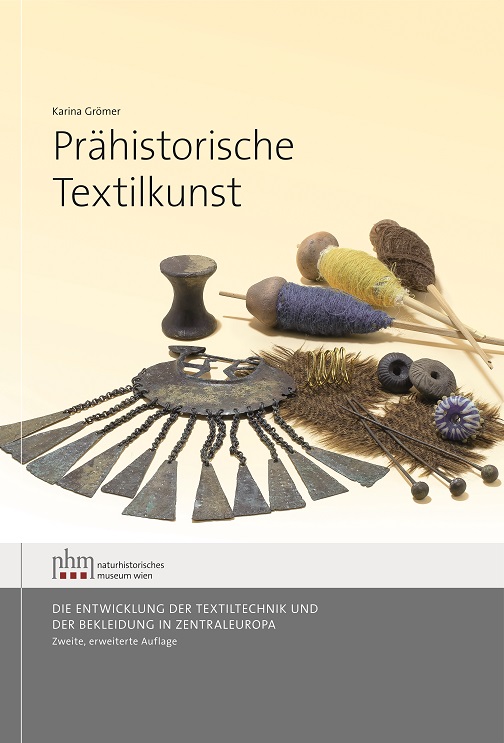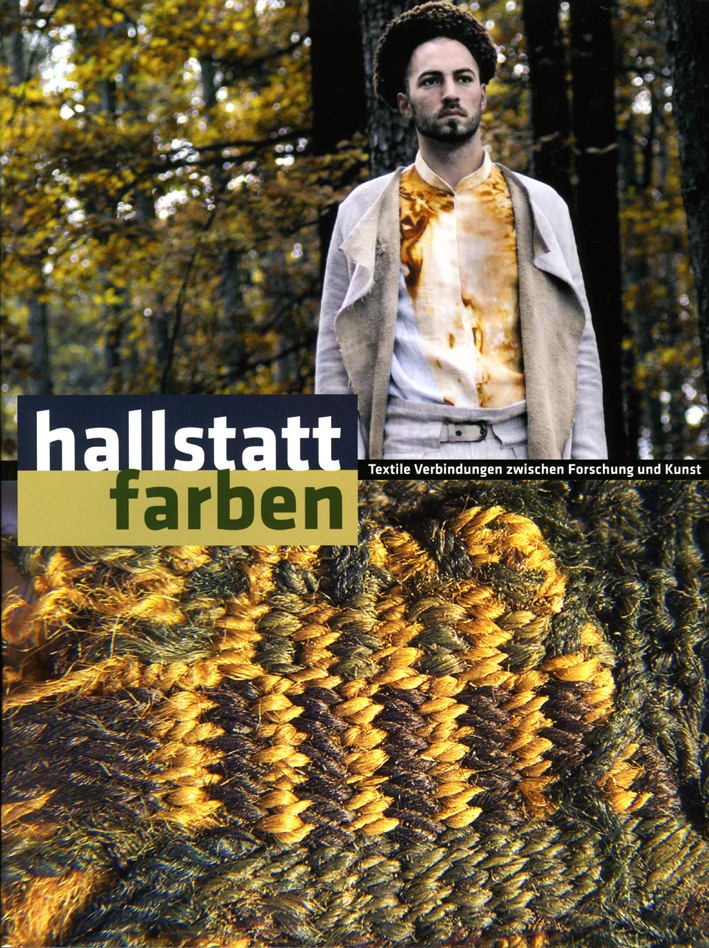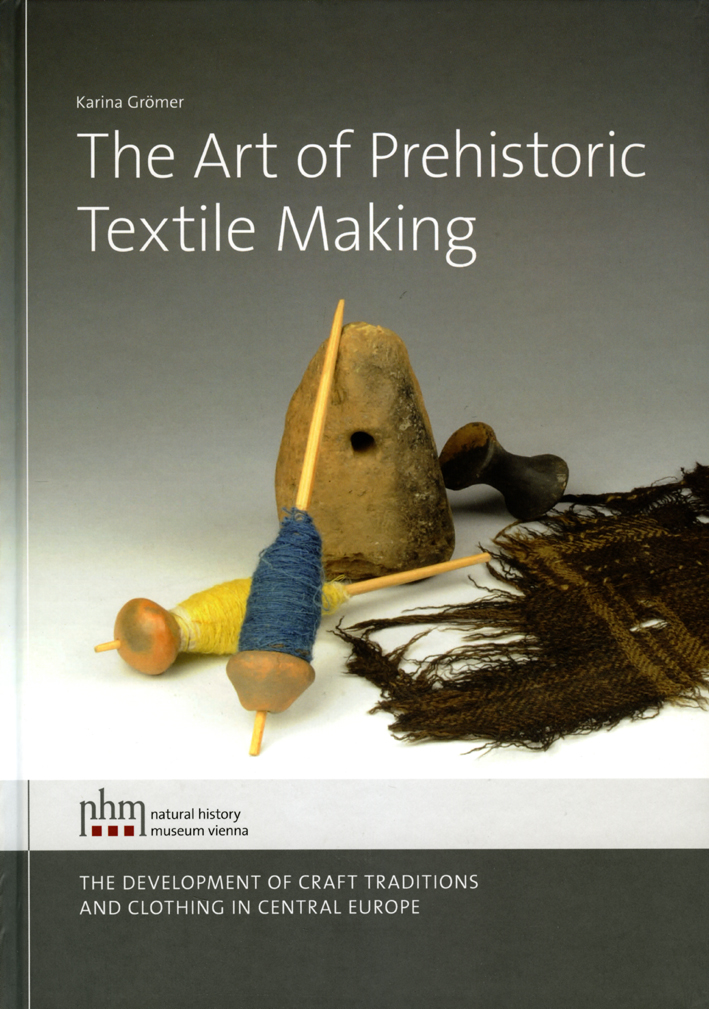€45.00
Available, delivery time: 1-3 days
"Grömer, Karina : Prähistorische Textilkunst. Die Entwicklung der Textiltechnik und der Bekleidung in Zentraleuropa"
Karina Grömer,
Prähistorische Textilkunst.
Die Entwicklung der Textiltechnik und der Bekleidung in Zentraleuropa
(Veröffentlichungen der Prähistorischen Abteilung 6)
Zweite, erweiterte Auflage
Wien 2023²
ISBN 978-3-903096-64-6
X + 550 S./pp., zahlr. Farb- und S/W-Abb./num. colour and b/w-figs., 27,5 x 19 cm; kartoniert/hardcover
Spinnen, Weben, und Nähen – das alles ist uralte überlieferte Handwerkskunst. Textiles Handwerk begleitet den Menschen schon seit der Steinzeit. Bis vor wenigen hundert Jahren nahm es – neben dem Nahrungserwerb – einen großen Teil der Arbeitszeit in Anspruch.
Das Textilhandwerk, insbesondere die Weberei, hat viel zur allgemeinen Technikentwicklung beigetragen. Webstühle, in der Jungsteinzeit entwickelt, stellen die ersten „Maschinen“ der Menschheitsgeschichte dar; sogar die Automatisierung mittels Lochkarten wurde für die Weberei entwickelt. Mit diesem Handwerk wurden aber nicht nur wesentliche Güter des täglichen Bedarfs – allen voran Kleidung – hergestellt, sondern auch Gebrauchswaren sowie repräsentative Objekte bis hin zu Luxusartikeln.
Textilien waren wertvoll, dies drückt sich auch im Recycling von Stoffen aus. In der Urgeschichte wurden ausgediente Kleidungsstücke als Binde-, Verpackungs- und sogar als Verbandsmaterial verwendet. Bereits in der Urgeschichte dienten Kleidung und Schmuck nicht nur als Schutz vor klimatischen Einflüssen. Textilien sind mehr als nur simples Gewand, sie stellen ein Kernmerkmal jeder Kultur dar. Damals wie heute ist Kleidung ein wichtiges nonverbales Kommunikationsmittel und sagt viel über die Menschen, den sozialen Status, Alter und Geschlecht sowie Gruppenzugehörigkeiten aus.
Die zweite Auflage des erstmals 2010 erschienenen Werks wurde neu illustriert und anhand der aktuellen Forschungsergebnisse überarbeitet und erweitert. Abgerundet wird das Werk durch Beiträge zum Thema Färben von Regina Hofmann-de Keijzer und Nähen und Schneidern von Helga Rösel-Mautendorfer.
Login




